

|
|
|


|
|
1/10 Scale Electric Formula One Car:
Team Associated RC10F6 Factory Team Kit - 8023History, Info and How To Set-up Tips:
Released by Team Associated in 2017, the 2WD RC10F6 Factory Team Formula One Car Kit - # 8023 - was developed by the Associated design team "Area 51", for performance, adjustability, durability and style. A motor, ESC, battery, charger and radio system were required to complete.
|
Model Version:
Features:
(Source: Media Press Release) |








|
|
|

★ Associated RC10F6 Factory Team Kit Chassis ★
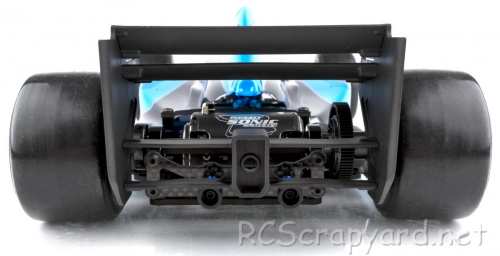
★ Associated RC10F6 Factory Team Kit Chassis ★
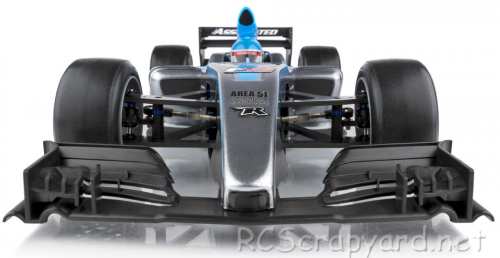
★ Associated RC10F6 Factory Team Kit Chassis ★
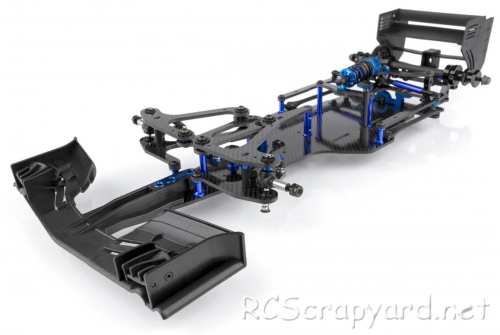
★ Associated RC10F6 Factory Team Kit Chassis ★
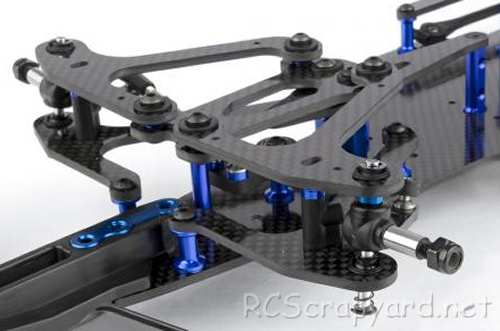
★ Associated RC10F6 Factory Team Kit Chassis ★
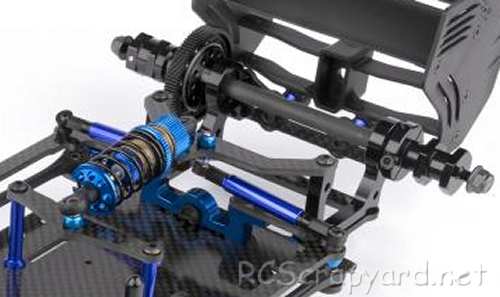
★ Associated RC10F6 Factory Team Kit Chassis ★
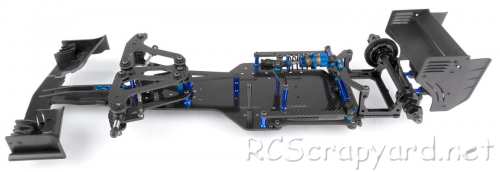
★ Associated RC10F6 Factory Team Kit Chassis ★
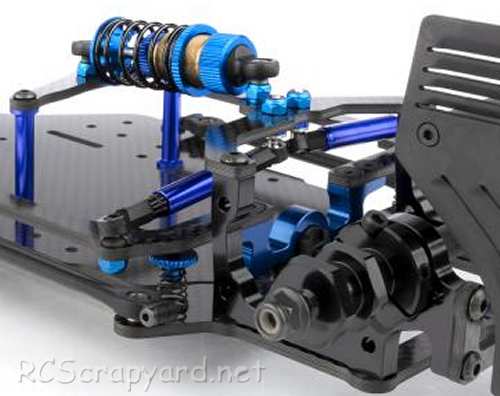
★ Associated RC10F6 Factory Team Kit Chassis ★
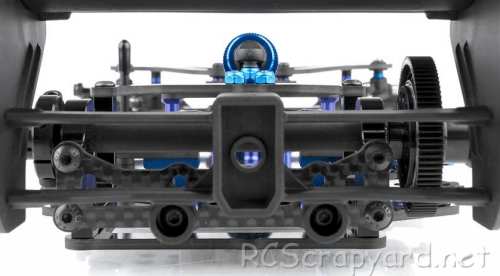
★ Associated RC10F6 Factory Team Kit Chassis ★
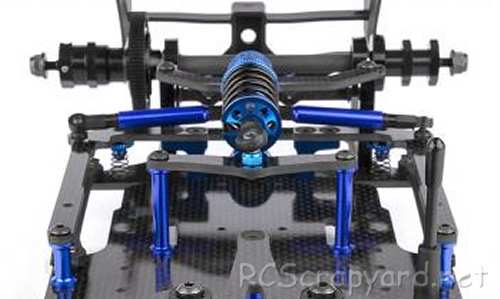
★ Associated RC10F6 Factory Team Kit Chassis ★
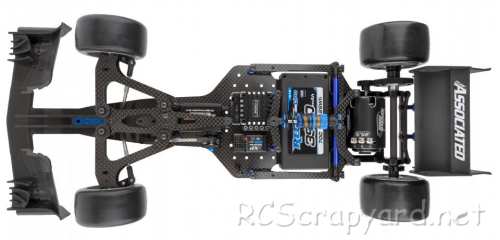
|
Buying a Used Radio Controlled Model
|
|
Manufacturers and Brands Catalogued, Listed and Reviewed by RC-Scrapyard.
At present, the RC Model Manufacturers, Brands and Distributors covered by us are: ABC Hobby, Academy, Acme Racing, Agama Racing, Amewi, Ansmann Racing, ARRMA, Team Associated, Atomic RC, Axial, AYK, Bolink, BSD Racing, Capricorn, Carisma, Carson, Caster Racing, Cen, Corally, Custom Works, Durango, Duratrax, ECX - Electrix, Exceed RC, FG Modellsport, FS-Racing, FTX, Fujimi, Gmade, GS-Racing, Harm, HBX, Helion, Heng Long, Himoto Racing, Hirobo, Hitari, Hobao, Hong-Nor, Hot Bodies, HPI, HSP, Intech, Integy, Jamara, JQ Products, Kawada, Kyosho, Losi, LRP, Maisto, Mardave, Marui, Maverick, MCD Racing, Megatech, Mugen, New Bright, Nichimo, Nikko, Nkok, Ofna, Pro-Pulse, Protech, PTI, RC4WD, Redcat Racing, RJ-Speed, Robitronic, Schumacher, Seben, Serpent, Smartech, Sportwerks, Step-Up, Tamiya, Team-C Racing, Team Magic, Thunder Tiger, Tomy, Top Racing, Traxxas, Trinity, Tyco, Vaterra RC, Venom, VRX Racing, WLToys, X-Factory, Xmods, Xpress, Xray, XTM, Yankee RC, Yokomo, ZD Racing and Zipzaps. |
|
Hints, Tips and Information
Painting a Lexan Body Shell.
Most RC Model kits come with an unpainted, clear Lexan plastic Body Shell you yourself must prepare and paint. This type of Body Shell is painted on the inside, and special spray or brush on Polycarbonate Paints MUST be used.
|
|
Hints, Tips and Information
The Importance of Suspension Droop
When you pick up your RC model car, the suspension arms naturally drop, this is termed as Droop and should be equal from side to side, but can vary from front to rear. |
|
RC Models:
|
Radio & Motors: |
Other
Accessories: |